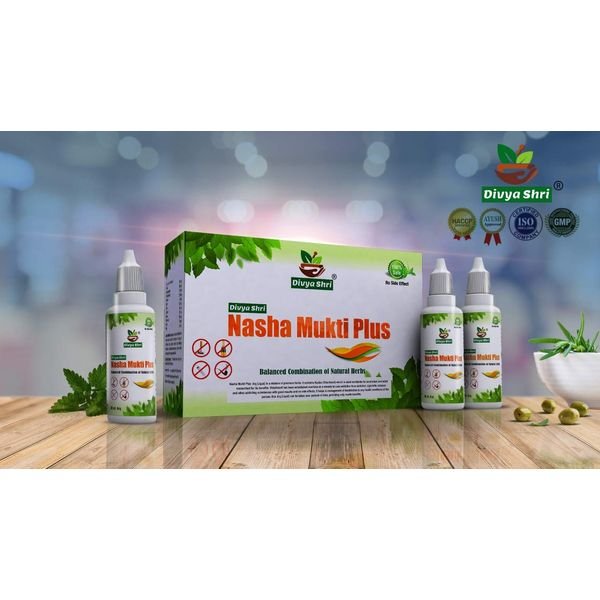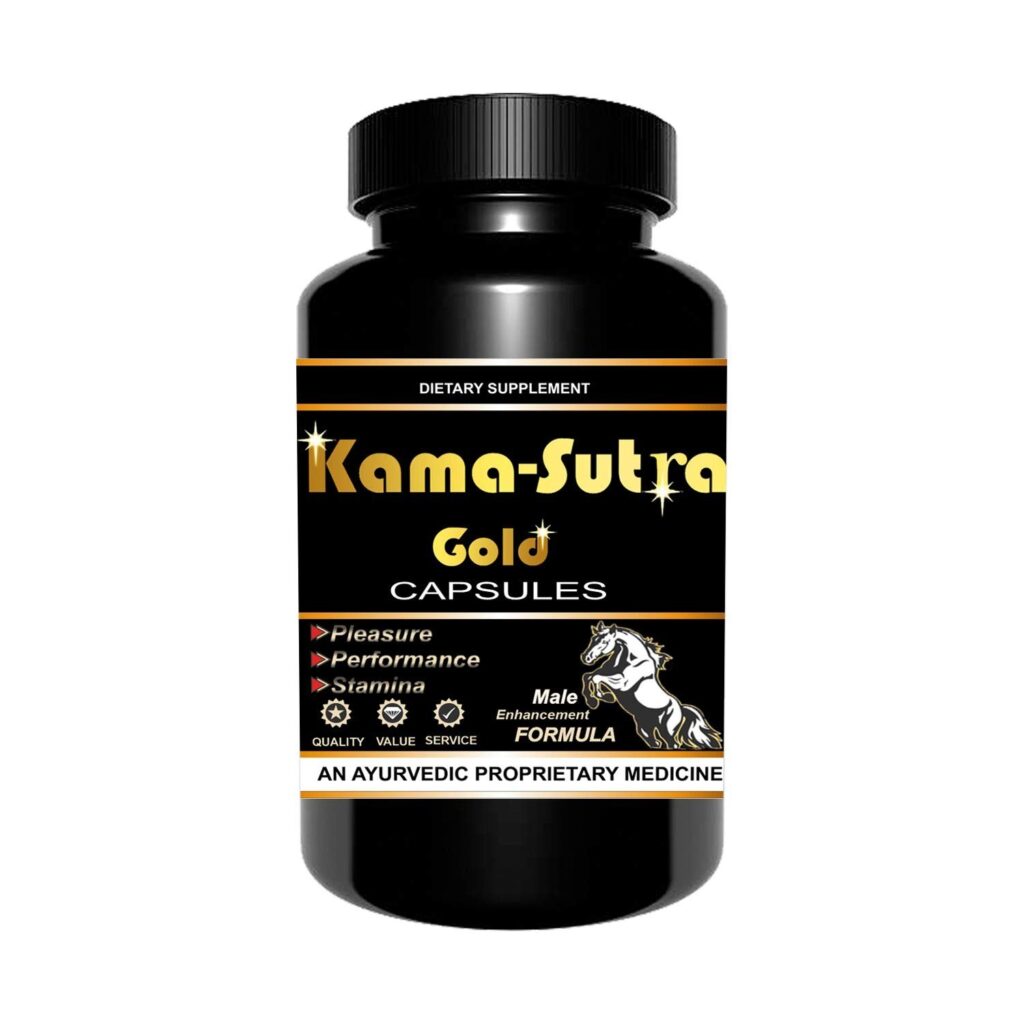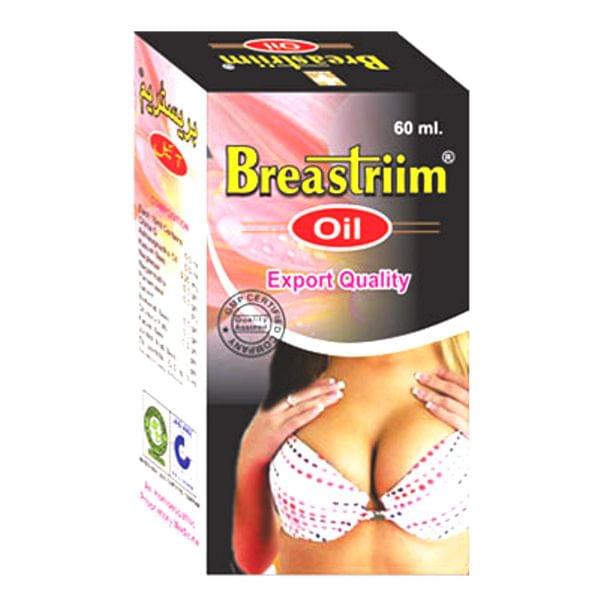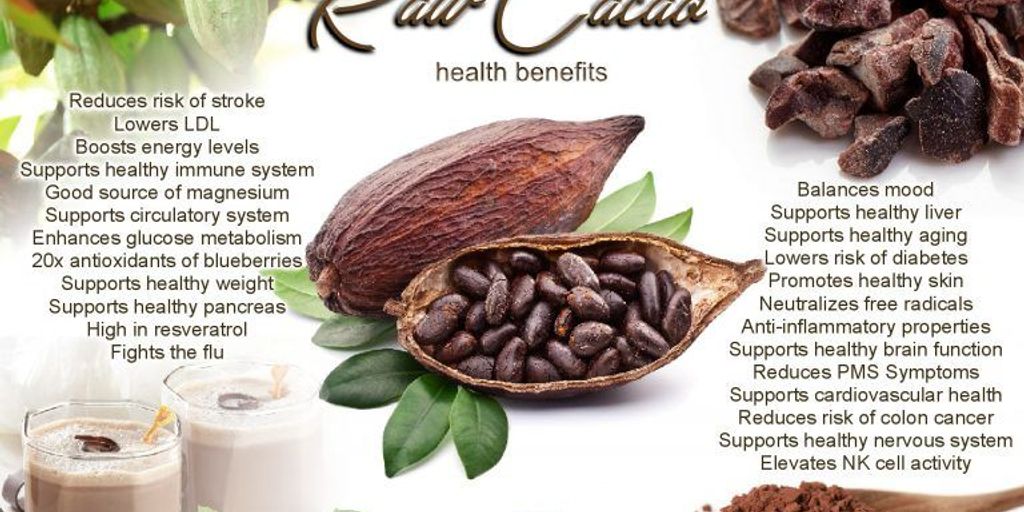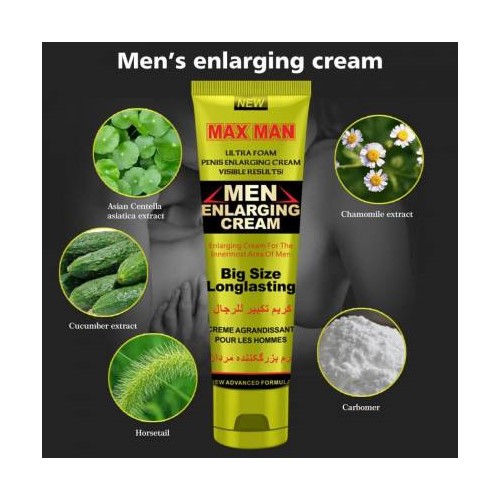The quest for enhanced intimate experiences and the desire to address concerns about vaginal laxity have led many to explore various vaginal tightening solutions. This article delves into the nature of vaginal laxity, its psychological effects, and the plethora of treatment options available, ranging from natural remedies to medical interventions. By understanding the causes and exploring the most effective medicines and practices, individuals can make informed decisions to revolutionize their intimacy and regain confidence.
Key Takeaways
- Vaginal laxity is a common concern that can arise from various causes such as childbirth, aging, and hormonal changes, and it can significantly affect psychological well-being.
- Natural remedies, including herbal supplements, dietary changes, and pelvic floor exercises, offer non-invasive options for improving vaginal tightness and overall reproductive health.
- Topical solutions like creams and gels are widely used for their convenience and immediate results, but awareness of their safety and side effects is crucial.
- Advanced medical interventions such as laser therapy, vaginoplasty, and hormonal treatments provide long-term solutions for those seeking significant changes in vaginal tightness.
- Choosing the right vaginal tightening method involves assessing personal needs, consulting with healthcare professionals, and carefully comparing product efficacy, safety, and cost.
Understanding Vaginal Laxity and Its Causes
Defining Vaginal Laxity
Vaginal laxity refers to the loss of the natural tightness and firmness of the vaginal walls. This condition is often associated with a feeling of looseness or a lack of friction during intercourse, which can affect a woman’s sexual satisfaction and confidence. Vaginal laxity is a common concern among women, particularly those who have experienced childbirth.
Vaginal laxity can be measured in terms of the pelvic floor muscle strength and the structural integrity of the vaginal tissue. While it is a natural part of aging and the body’s response to certain life events, it is not something that women have to live with indefinitely. There are various treatments and interventions available to address this issue.
Vaginal laxity is not merely a physical condition; it also has psychological ramifications, impacting a woman’s self-esteem and intimate relationships.
Understanding the causes and effects of vaginal laxity is the first step towards finding an appropriate solution. Here are some common factors that contribute to this condition:
- Childbirth, particularly vaginal deliveries
- Aging and the associated hormonal changes
- Genetic predisposition
- Lifestyle factors, such as smoking or obesity
Common Causes of Vaginal Looseness
Vaginal laxity can be a concern for many women, and understanding its causes is the first step towards finding an effective solution. One of the primary factors is childbirth, particularly multiple deliveries, which can stretch the vaginal muscles and supporting tissues. Aging also plays a significant role, as the natural decline in estrogen levels can lead to a loss of elasticity in vaginal tissues.
Other contributing factors include:
- Chronic coughing, which can exert ongoing pressure on the pelvic floor muscles.
- Obesity, where excess body weight adds continuous strain on the pelvic region.
- High-impact exercises, such as running or jumping, that can weaken pelvic muscles over time.
It’s important to note that while these factors can contribute to vaginal looseness, they do not guarantee its occurrence, and the degree of laxity can vary greatly among individuals.
Each cause has its own implications and potential treatments, which should be tailored to the individual’s specific circumstances and health profile.
Psychological Impacts of Vaginal Laxity
The psychological effects of vaginal laxity can be profound and far-reaching. Women may experience a decrease in self-esteem and a sense of lost femininity, which can lead to a withdrawal from intimate relationships. The impact on sexual confidence can be particularly debilitating, causing anxiety and stress that extends beyond the bedroom.
Intimacy is not just a physical connection but also an emotional one. When vaginal laxity interferes with this connection, it can strain not only personal relationships but also an individual’s mental well-being. It’s important to recognize these psychological aspects as they are integral to holistic health.
The journey to reclaiming one’s sexual health and confidence is as much about emotional healing as it is about physical solutions.
Understanding that vaginal laxity is a common issue faced by many women can help in normalizing the conversation and reducing the stigma associated with seeking help. Here are some key emotional responses associated with vaginal laxity:
- Feelings of embarrassment or shame
- Decreased sexual desire
- Relationship stress
- Concerns about partner satisfaction
Exploring Natural Remedies for Vaginal Tightening
Herbal Supplements and Their Efficacy
The quest for natural solutions to enhance vaginal tightness has led many to explore the realm of herbal supplements. These products often claim to restore firmness and elasticity through the use of traditional herbs known for their astringent properties. However, the efficacy of such supplements can vary widely, and scientific backing is crucial for validating their effectiveness.
Vaginal steaming, a practice involving the application of steam and herbs to the vaginal area, has gained popularity as a natural remedy. Despite anecdotal success stories, it’s important to approach this method with caution. Research suggests that altering the vaginal pH could lead to undesirable effects, such as yeast infections or bacterial imbalances.
While herbal remedies may offer a non-invasive option for those seeking vaginal tightening, it is essential to prioritize safety and seek products with clinical support.
When considering herbal supplements, it’s advisable to look for:
- Ingredients with a history of use in traditional medicine
- Products with positive user testimonials
- Clear labeling of contents and recommended dosages
- Evidence of clinical trials or scientific research
Dietary Adjustments for Improved Vaginal Health
Making dietary adjustments is a key strategy for enhancing vaginal health and potentially aiding in tightening. A balanced diet rich in phytoestrogens, vitamins, and minerals can support the overall health of vaginal tissues. Foods like soy products, flaxseeds, and whole grains are excellent sources of phytoestrogens, which may help in maintaining the elasticity and strength of the vaginal walls.
Hydration is crucial for maintaining the mucosal lining of the vagina. Ensuring adequate water intake is a simple yet effective step towards a healthier vaginal environment.
A focus on probiotic-rich foods such as yogurt and kefir can also promote a balanced vaginal microbiome, which is essential for preventing infections and maintaining tissue health.
Here is a list of beneficial foods for vaginal health:
- Soy products (tofu, tempeh, edamame)
- Flaxseeds and sesame seeds
- Nuts and legumes
- Fruits and vegetables rich in vitamins A and C
- Probiotic-rich foods like yogurt and kefir
Remember, while diet plays a role in overall health, it should be considered as part of a comprehensive approach to vaginal tightening that includes other methods and consultations with healthcare professionals.
Exercises to Strengthen Pelvic Floor Muscles
Pelvic floor exercises, also known as Kegels, are a natural and effective way to enhance vaginal tightness. Regular practice can significantly improve pelvic floor strength and, in turn, increase the sensation during intimacy. These exercises are simple to perform and can be done discreetly at almost any time.
Pelvic floor muscles support the uterus, bladder, small intestine, and rectum. Strengthening these muscles is not only beneficial for tightening but also helps in preventing incontinence. It is important to perform these exercises correctly to achieve the best results. Here is a basic routine to get started:
- Identify the right muscles by trying to stop urination mid-flow.
- Once identified, contract these muscles for 3-5 seconds.
- Relax for 3-5 seconds.
- Repeat the cycle 10 times, thrice a day.
Consistency is key when it comes to pelvic floor exercises. Results are not immediate, but with patience and regular practice, improvements can be noticed over time.
While these exercises are beneficial, they are not a cure-all. For some, additional methods such as Ayurvedic products and supplements for various health issues like stamina, pleasure enhancement, and varicose veins treatment may complement the exercise routine.
Topical Solutions: Creams and Gels
How Topical Tightening Products Work
Topical vaginal tightening products, such as creams and gels, are designed to provide a temporary tightening effect on the vaginal walls. These products typically contain active ingredients that cause the tissues to contract, leading to a sensation of increased tightness. The application of these products is simple and can be done in the privacy of one’s home.
Topical solutions often include natural extracts or compounds that are believed to have astringent properties. For example, some products may contain witch hazel, which is known for its ability to tighten and firm skin tissue. The use of these products can also enhance lubrication and sensitivity, providing an added benefit during intimate moments.
- Active Ingredients: Cause tissue contraction
- Sensation: Increased tightness
- Additional Benefits: Enhanced lubrication and sensitivity
While the effects of these topical treatments are not permanent, many users report satisfaction with the immediate results. It’s important to note that the efficacy of these products can vary from person to person.
When considering a product like "Do Me Tight As A Virgin – Premium Vaginal Tightening Gel," it’s crucial to look at the claims made. This particular gel promises more than just tightening; it also aims to amplify sensitivity. Such claims should be approached with cautious optimism and, ideally, discussed with a healthcare provider.
Review of Popular Vaginal Tightening Creams
In the quest for improved vaginal tightness, many women turn to topical solutions as a non-invasive option. Creams and gels have become popular due to their ease of use and accessibility. Below is a brief overview of some well-known products in this category.
- V-Tight Gel: Known for its natural ingredients and quick results.
- Intivar: Renowned for its rejuvenating properties and enhancement of elasticity.
- IsoSensuals TIGHT: Claims to tighten and strengthen the vaginal walls with consistent use.
While these creams are favored for their convenience, it’s crucial to understand their ingredients and potential effects. For instance, many contain witch hazel, which is believed to have natural tightening properties.
It is essential to approach these products with realistic expectations and understand that results can vary significantly from person to person.
Before making a decision, consider the following factors:
- Ingredients and their safety profiles
- Customer reviews and testimonials
- Price and availability
- Manufacturer’s reputation and product guarantees
By carefully evaluating these aspects, you can make an informed choice about which vaginal tightening cream might be right for you.
Safety and Side Effects of Topical Treatments
When considering topical solutions for vaginal tightening, it’s crucial to be aware of the potential safety concerns and side effects. These products, often available as creams and gels, are designed to be applied directly to the vaginal area. While many are marketed as safe and natural, not all ingredients are free from side effects.
Topical treatments may contain a variety of active ingredients, some of which can cause irritation, allergic reactions, or discomfort. It’s important to read the label carefully and test the product on a small area before full application. Here’s a brief list of common side effects associated with these treatments:
- Mild to severe irritation
- Allergic reactions
- Dryness or increased sensitivity
While many individuals experience no adverse effects, it’s essential to discontinue use immediately if you notice any discomfort or unusual symptoms.
Always consult with a healthcare professional before starting any new treatment, especially if you have a history of sensitive skin or allergies. Remember, the goal is to enhance intimacy without compromising your health.
Medical Interventions for Tightening
Laser Therapy and Its Benefits
Laser therapy, as a non-surgical approach to vaginal tightening, has gained popularity due to its minimal downtime and non-invasive nature. The procedure uses concentrated light to stimulate collagen production, which in turn enhances the firmness and elasticity of vaginal tissues.
Efficacy of laser therapy can vary, but many patients report improved sensation and satisfaction after treatment. The benefits extend beyond tightening; they also include the reduction of urinary incontinence and vaginal dryness.
- Improved vaginal tightness
- Decreased urinary incontinence
- Alleviation of vaginal dryness
- Enhanced sexual satisfaction
The convenience of laser therapy, with its quick sessions and lack of extensive recovery, makes it an attractive option for those seeking a non-surgical solution.
It’s important to consult with a healthcare professional to determine if laser therapy is the right choice for you, as results can be influenced by individual factors such as age, hormonal status, and overall health.
Vaginoplasty: Procedure and Recovery
Vaginoplasty is a surgical procedure aimed at reconstructing or tightening the vaginal tissues. This option is often considered by women experiencing significant vaginal laxity, which may affect their quality of life and intimate relationships.
The recovery period for vaginoplasty is crucial and typically involves several weeks of downtime. Patients are advised to avoid strenuous activities and sexual intercourse for a minimum of 6 weeks post-surgery to ensure proper healing.
Post-operative care is essential for a successful outcome. It includes managing discomfort with prescribed pain medication, maintaining hygiene to prevent infections, and attending follow-up appointments with the surgeon.
During the recovery phase, it’s important to closely monitor for any signs of complications, such as excessive swelling or unusual discharge, and report them to your healthcare provider immediately.
A brief overview of the recovery timeline is as follows:
- Initial 24-48 hours: Rest and pain management
- First 2 weeks: Limited mobility and no heavy lifting
- 6 weeks post-op: Gradual return to normal activities
Choosing to undergo vaginoplasty is a personal decision that should be made after thorough research and consultation with a medical professional.
Hormonal Treatments and Their Role in Tightening
Hormonal treatments can play a significant role in addressing vaginal laxity, particularly for those experiencing changes due to menopause or childbirth. Estrogen therapy, for instance, can help rejuvenate vaginal tissues by improving elasticity and natural lubrication.
Estrogen creams, tablets, or rings are commonly prescribed to alleviate symptoms of vaginal atrophy. These treatments can lead to a modest tightening effect as they restore the health of vaginal tissues.
- Topical Estrogen: Applied directly to the vaginal area to target tissues without systemic effects.
- Oral Estrogen: Taken by mouth and can have broader hormonal effects.
- Vaginal Rings: Slowly release estrogen over time directly to vaginal tissues.
It’s important to note that while hormonal treatments can be effective, they are not a ‘cure-all’ and should be considered as part of a comprehensive approach to vaginal health.
Choosing the Right Product for You
Assessing Your Needs and Expectations
Before diving into the plethora of vaginal tightening options, it’s crucial to assess your personal needs and expectations. Every individual’s body is unique, and what works for one person may not be the best choice for another. Consider factors such as your age, health status, and the severity of laxity when exploring your options.
Intimacy concerns are often deeply personal, and the desire for vaginal tightening can stem from a variety of reasons. It’s important to reflect on why you’re considering this change and what outcomes you’re hoping to achieve. Are you looking to enhance physical sensations, improve confidence, or address a medical concern?
- Identify the primary reason for seeking treatment
- Consider any underlying health conditions
- Reflect on your desired outcome
Remember, the goal of vaginal tightening should align with your personal comfort and well-being, not just societal standards or expectations.
Consulting with a Healthcare Professional
Before embarking on any treatment for vaginal tightening, it is crucial to consult with a healthcare professional. They can provide a thorough evaluation and tailor recommendations to your specific condition. A professional’s guidance ensures that you understand the potential benefits and risks associated with different treatments.
Healthcare professionals can also debunk common misconceptions about vaginal tightening. For instance, they can clarify that not all feelings of laxity require medical intervention and that some natural changes are part of the body’s normal aging process.
- Discuss your concerns and symptoms
- Receive a professional evaluation
- Explore treatment options
- Understand the risks and benefits
It’s essential to have realistic expectations and to understand that results can vary based on individual factors. Seeking professional advice can help you make an informed decision and choose a safe and effective path to improve your intimate health.
Comparing Products: A Buyer’s Guide
When venturing into the market for vaginal tightening products, it’s crucial to compare options based on several factors. Effectiveness, safety, and cost are key considerations that can guide your decision-making process. Look for products with positive user reviews and credible clinical research backing their claims.
Ingredients play a pivotal role in the performance of vaginal tightening products. Opt for natural and clinically proven substances that align with your health preferences and values. Here’s a simple table to help you start comparing:
| Product Type | Effectiveness | Safety | Cost |
|---|---|---|---|
| Creams/Gels | High | Medium | Low |
| Supplements | Medium | High | Medium |
| Medical Procedures | Very High | High | High |
Remember, the right product for you should not only tighten but also maintain the health and balance of your vaginal flora.
Consulting with a healthcare professional can provide personalized advice, ensuring that your choice is suitable for your body and lifestyle. They can help you weigh the pros and cons of each option, taking into account your medical history and any potential interactions with other medications or health conditions.
Navigating the vast array of health and wellness products can be overwhelming, but finding the perfect remedy for your unique needs doesn’t have to be a challenge. At Swasthyashopee, we offer a comprehensive selection of Ayurvedic medicines, personal care items, and nutritional supplements to support your journey towards optimal health. Don’t let uncertainty hold you back. Visit our website today to explore our authentic, herb-based products and take the first step towards a balanced and vibrant life. Your path to wellness is just a click away—discover the right product for you now!
Conclusion
In the journey to enhance intimate experiences, the exploration of vegina tightening medicines has shown to be a path many are willing to tread. Throughout this article, we’ve delved into the top products on the market, discussing their ingredients, effectiveness, and user testimonials. It’s crucial to remember that while these medicines can offer temporary solutions, they are not a substitute for professional medical advice. Always consult with a healthcare provider before starting any new treatment. Empowerment comes from making informed choices about your body, and we hope this guide has provided valuable insights to help you do just that.
Frequently Asked Questions
What exactly is vaginal laxity and how does it affect women?
Vaginal laxity refers to the loss of tightness in the vaginal tissues, often experienced after childbirth or due to aging. It can affect a woman’s sexual satisfaction and confidence.
Are there any natural remedies that can help tighten the vaginal muscles?
Yes, there are natural remedies such as pelvic floor exercises, certain herbal supplements, and dietary changes that can help improve the strength and elasticity of vaginal muscles.
How do vaginal tightening creams and gels work?
These topical solutions typically contain ingredients that are meant to firm and tone the vaginal tissue, increase blood flow, and stimulate collagen production, potentially leading to a tighter sensation.
What are the potential side effects of using topical vaginal tightening products?
Side effects can include allergic reactions, irritation, or infection if the products are not used as directed or if a user has a sensitivity to any of the ingredients.
Can laser therapy be a safe option for vaginal tightening?
Laser therapy is a non-surgical option that can stimulate collagen production and tighten vaginal tissues. It is generally considered safe when performed by a qualified healthcare professional, but it’s important to discuss risks and benefits.
How should I choose the right vaginal tightening product or treatment?
Choosing the right product or treatment involves assessing your own needs, understanding the options available, and consulting with a healthcare professional to discuss safety, efficacy, and suitability for your individual circumstances.



